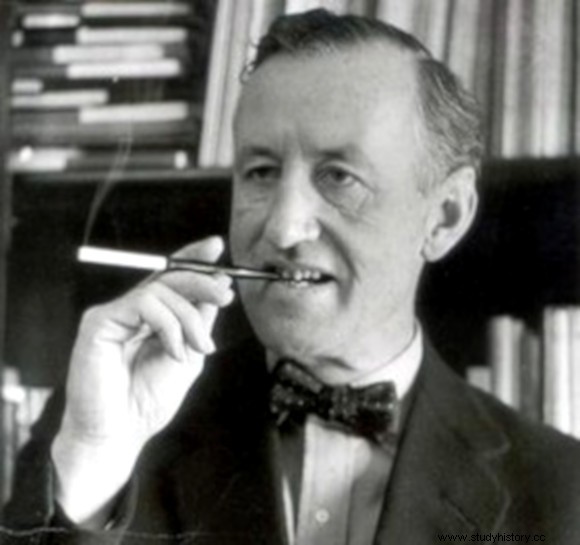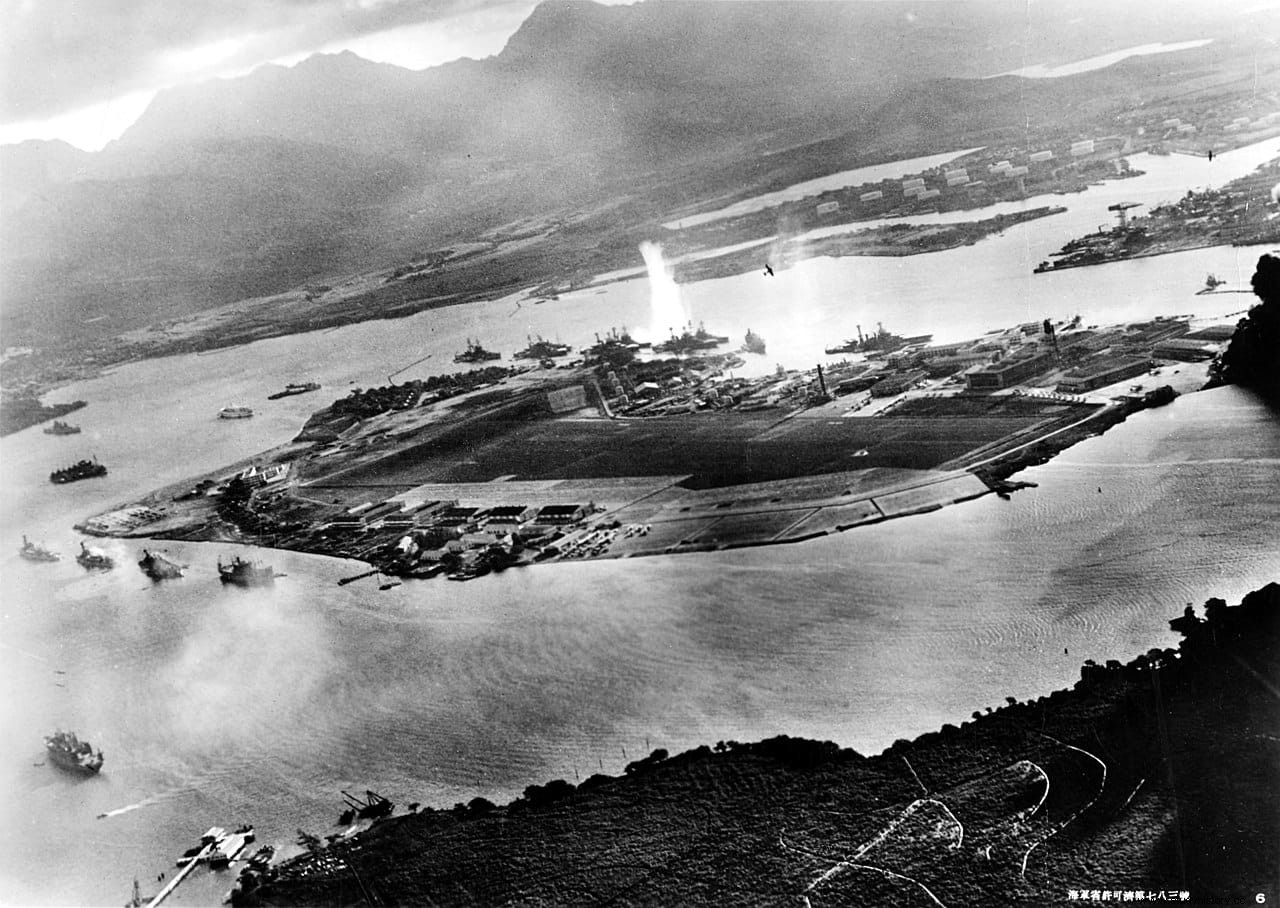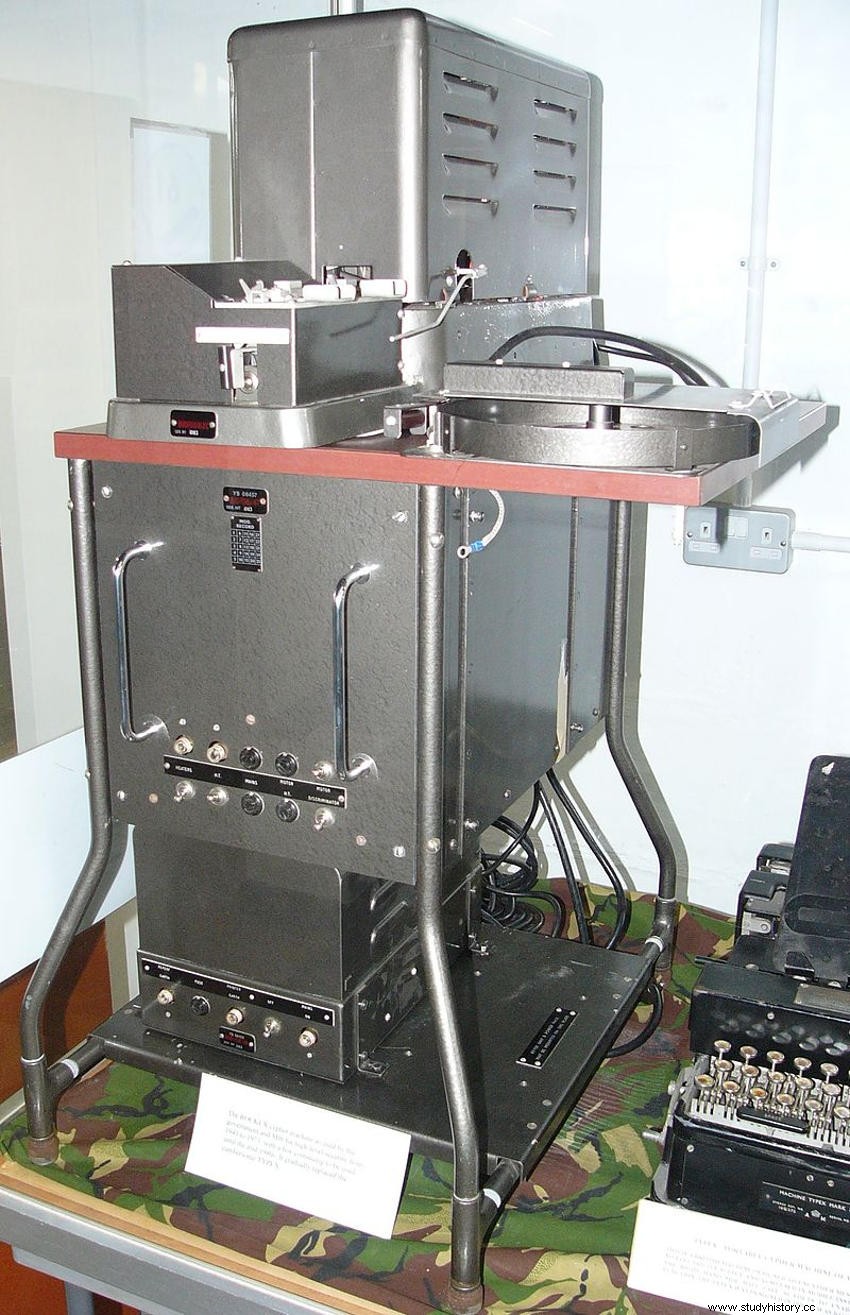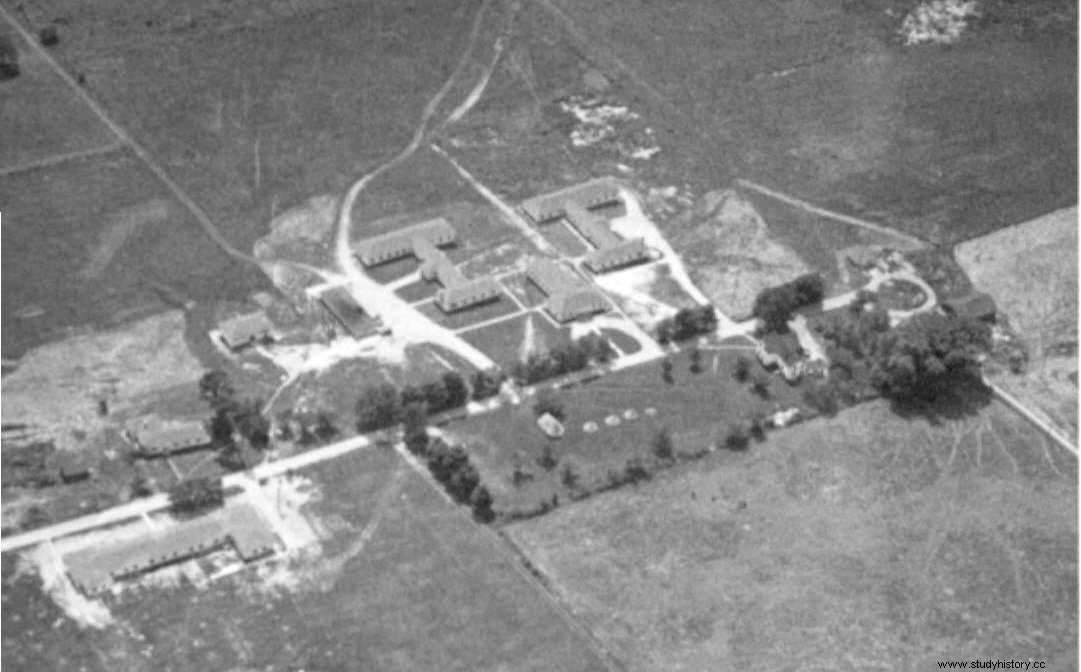Many readers will be familiar with the name of the writer Roal Dahl, author of Charlie and the Chocolate Factory , Matilda or James and the Giant Peach , among other children's successes.
What they probably don't know is that Dahl joined the RAF in 1939 and fought in World War II (with some heroic actions) at the controls of a Hurricane .
And even fewer will have heard one of the lesser-known episodes of that stage:his time in a training camp for spies in Canada it was called Camp X and that it was so secret that not even the Canadian government was clear about what was being done there.

The fact that Camp X also received two other curious visits related to literature and cinema is suggestive. One, that of Paul Dehn , British screenwriter who signed the scripts for films such as Murder on the Orient Express , Planet of the Apes and, attention, three very significant films:two from the 007 saga, Goldfinger and The Spy Who Loved Me , and The Spy Who Came in from the Cold .
The other visit was from Ian Fleming himself. , the creator of James Bond, who is also especially interesting because he stayed in a hotel near the St. James-Bond United Church, which casts doubt on the classic story -told by himself- that he took the name of his character of the author of an ornithology book.
It is not known exactly if Dahl and Fleming trained at Camp X or were only there as visitors. , although it should be remembered that the second was recruited by the British Department of Naval Intelligence of the Royal Navy, but Paul Dehn had to do it, since he was part of the special forces British and carried out some missions in France and Norway.

The place, whose official name was Special Training School No. 103 , had been created on December 6, 1941 by the British Security Coordination Chief, the Canadian Sir William Stephenson , a man very close to Churchill and Roosevelt.
In fact, the idea of locating it in Canada, a few kilometers from the US border, sought to strengthen relations between the two countries in the sense that, officially, the UK was a belligerent in the war while the US remained neutral. It does seem significant, though, that the Japanese attack on Pearl Harbor took place the very next day. giving Roosevelt an inescapable casus belli .
Located between Whitby and Oshawa, on the northwestern shore of Lake Ontario , was under the command of a British Security Coordinator, in charge of organizing the programs of MI-6 and the Canadian military, in addition to managing the activity of Hydra , a communications station that broadcast from there.

To be exact, Hydra it was installed a little later, in May 1942, and it was chosen to put it precisely there because the terrain was ideal for sending and receiving transmissions between Great Britain, the USA and the Commonwealth in general, safe from German eavesdropping given its distance from these.
However, the main function of Camp X was the training of agents in all the arts that characterize their profession:sabotage, handling of explosives, communications, encoding and decoding of messages, learning Morse, combat with and without weapons, stealth assassination techniques, lockpicking, ways of inciting subversion and recruiting guerrillas...
After the US entered the war, among five hundred and two thousand people they passed through, then assigned to multiple tasks, from field agents to security personnel through intelligence officers or specialists in psychological warfare. Also members of the Office of Strategic Services (the future CIA) and the FBI (which adopted some programs for its Quantico academy).
Probably the most outstanding student was Gustave Biéler , a Canadian who was posted to France, helping the Resistance blow up bridges, railways, fuel depots and the like, as well as reporting on troop movements and, in short, hampering the enemy as much as he could.
Of course, his end was tragic:he was captured and executed in 1944. Other reference names , but for different reasons, were William E. Bairnairn, aka Dangerous Dan , and Eric A. Sykes, combat instructors; their mottos were win at all costs, kill or be killed playing fair or dirty, and William Wild Bill Donovan, head of US intelligence.
Although for names or nicknames, none like the one Stephenson himself had:Intrepid , perfect nickname for someone who had been a hero of the First World War (in which he participated as an aviator and had twelve kills, including the brother of the Red Baron ) and who became the true brains of allied intelligence, recruiting agents, training them, organizing propaganda media campaigns and planning actions. Some of unusual audacity, such as the one that tried to take the gold reserves of Vichy France guarded in Martinique, which never took place but is said to have inspired Ian Fleming for the Fort Knox robbery scene in Golfinger . In his honor, the site is today called Intrepid Park .
In addition to the facilities corresponding to its activity, Camp X had other complementary facilities known as Station M , in which devices were manufactured and gadgets for agents, just like Q does in the Bond movies.
The location of that place is uncertain and some place it in Casa Loma , a showy neo-Gothic mansion in Toronto that looks like a Scottish castle and has served as the setting for a few movies like X-Men, Chicago or Harry Potter and the Deathly Hallows , among other. Other experts, on the other hand, believe that only sonar was developed there and that no one knows where Station M really was. .

The existence of Camp X (referred to by the Mounties as School S-25-1-1 , the Canadian military Project J and the CIAThe Farm , alluding to the original farm where it was settled) was kept rigorously secret to the point that even Canadian Prime Minister William Lyon Mackenzie-King did not know exactly what he was doing.
During the course of the war two more commanders would succeed each other as directors until at the end of 1944, seeing that the course of the conflict was already openly favourable, it was decided to close; though it still did some post-war service:in the fall of 1945 it hosted the interrogation of Igor Gouzenko , a Soviet diplomat who defected to Canada and spent two years in "quarantine" there.
The Cold War made Hydra remained active until 1969, when communications and espionage satellites took over, but the station was only partially dismantled, since transmissions were still monitored for a few years. Nowadays, however, the place has become the aforementioned Intrepid Park (Boundary Road, Whitby, Ontario) with monuments and plaques remembering its history and tours guided .
Occasionally remnants of those turbulent times are even found, such as the mortar shell that Canadian Army bomb squads had to dismantle on site in 2016. It is also often the scene of Remembrance Day (Remembrance Day or, popularly, Poppy Day), in which the Commonwealth honors the combatants and civilians of its wars.
